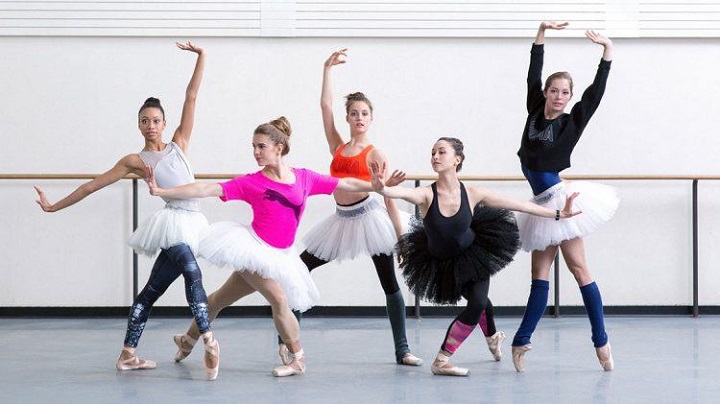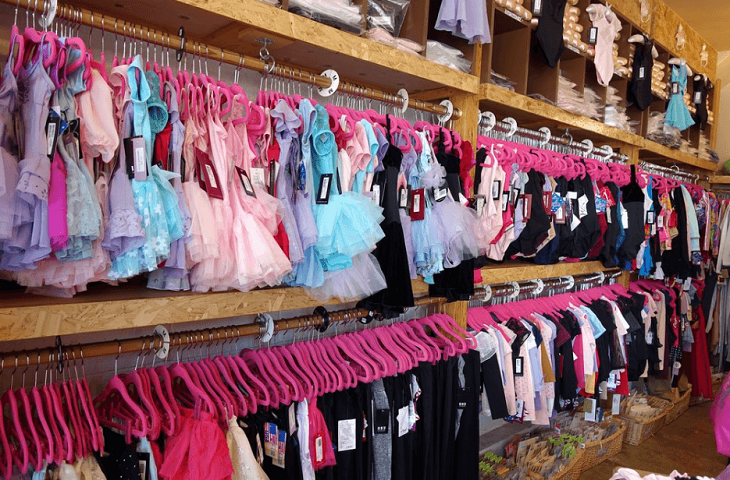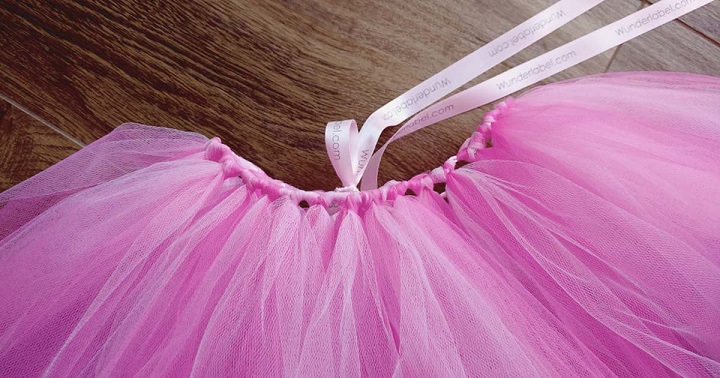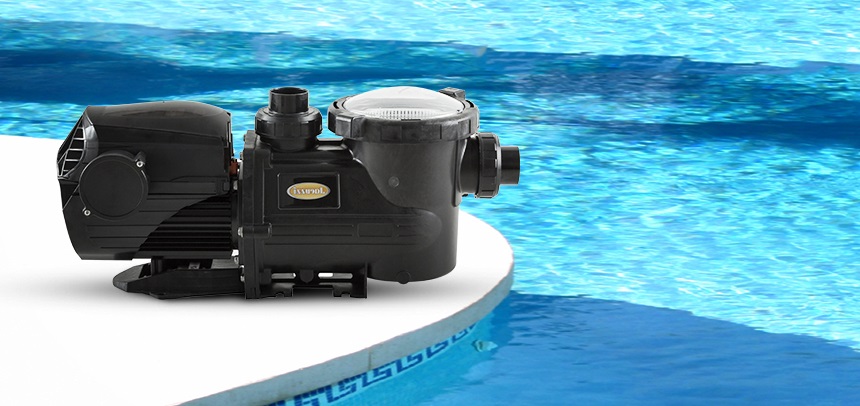Beautiful and Demanding Art Form: An Overview of Ballet for Beginners
One of the most common answers people get when they ask little girls what they’d want to be when they grow up is – a ballerina. Maybe it’s the dance skirt and the look as a whole that attracts them or the flawless and easy ballerina moves. But one thing is certain, ballet is one of the most demanding artistic forms of dance. Its story begins in Italy in the 15th century and comes from the Italian word “ballare” which means “to dance”. It was in the 17th century when it became popular in France, while Russians embraced it in the 18th century.

What is Ballet?
Ballet is a dance that is a combination of art and choreography. In other words, ballet is a combination of graceful movements, lighting, costume and scenic design which is performed in combo with solemn music. This dance is ideal for those women who want to tell a story or express their emotions through dance. Just like any other form of dance, ballet is easy to learn, only if you have a passion for it. A crucial thing to know about ballet is that it comes in different styles. Although in the past, classic ballet was the only option, nowadays, there are several different styles.
- Classic Ballet – The classic ballet style is all about graceful and flowing movements, balance and symmetry. It puts emphasis on the narrative. It also needs to have an ethereal quality and a classical form which includes turn-out of the legs and pointe work.
- Neo-classical Ballet – It was in the 20th century when neo-classical ballet was introduced to the world by choreographers like George Balanchine. This ballet dance includes increased speed and energy, a modification of the classical form, asymmetry and an off-balance feel, non-narrative and one-act ballets, pared-down aesthetic with simple sets and costumes.
- Contemporary Ballet – The contemporary ballet is greatly influenced by modern dance and generally includes a lot of floor work. Unlike the classic ballet style, this one includes turn-in of the legs, as well as a greater range of movements and pointe shoes. However, contemporary ballet also allows dancing with bare feet.

What to Wear to the Ballet?
Leotards, shoes and skirts are the basics of the apparel. Out of all things, the dance skirt is the most noticeable clothing piece. Wrap skirts, short lace skirts and the floaty models are one of the most popular, but it seems that nothing can beat the beauty of tulle tutu skirts. They have been an integral part of the ballet performance since ever. That is why it is no wonder that they have become an integral part of every dancer’s special occasion apparel. Usually, they are made of tulle fabric which is 100% nylon, which is extremely easy to take care of, but super gentle and fragile fabric. In other words, tulle is a fabric that can be easily ripped, so taking proper care of it is paramount, especially when worn by little ballerinas.

Tutu Skirts Care Instructions
Cleaning
Tulle tutu skirts are easy to clean. Except for the usual hand wash or a gentle cycle, this material also allows for spot cleaning. Just make sure that you do it gently.
Storage
The ideal way to keep the ballerina tulle form of a tutu skirt is by keeping it away from other garments to avoid smashing it. After use, in case there are any twisted or crumpled strips, just ‘comb’ the skirt with your fingers in order to straighten them. In case there are any wrinkles, you can lightly steam it. Once done, comb the tulle, shake the skirt and fluff it with your hands. You can do that by flipping the tutu inside out and fluffing it with your hands. Simple as that. No special tools or items are required for the purpose.
Smashed and Out of Shape Tutu
Whatever the reason for this, you can revive the skirt with water. Just spritz a little water on the tutu or a mixture of water and heavy-duty starch (50-50) and 1 teaspoon of fabric softener. This solution will not only add a pleasant smell to the skirt but it will bring it back to life while keeping it in place (thanks to the starch). Start spraying layer by layer and fix it with your fingers. When done, dry it with the help of a blow dryer 30cm away from the skirt. This is essential, as tulle can be burned with ease. You can also iron the tulle with steam, however, this should be done on an extremely low temperature.
Although it’s that common, tulle can fray over time. In case you notice some fray at the end, just cut the frayed ends carefully with sharp scissors.












